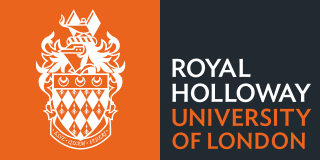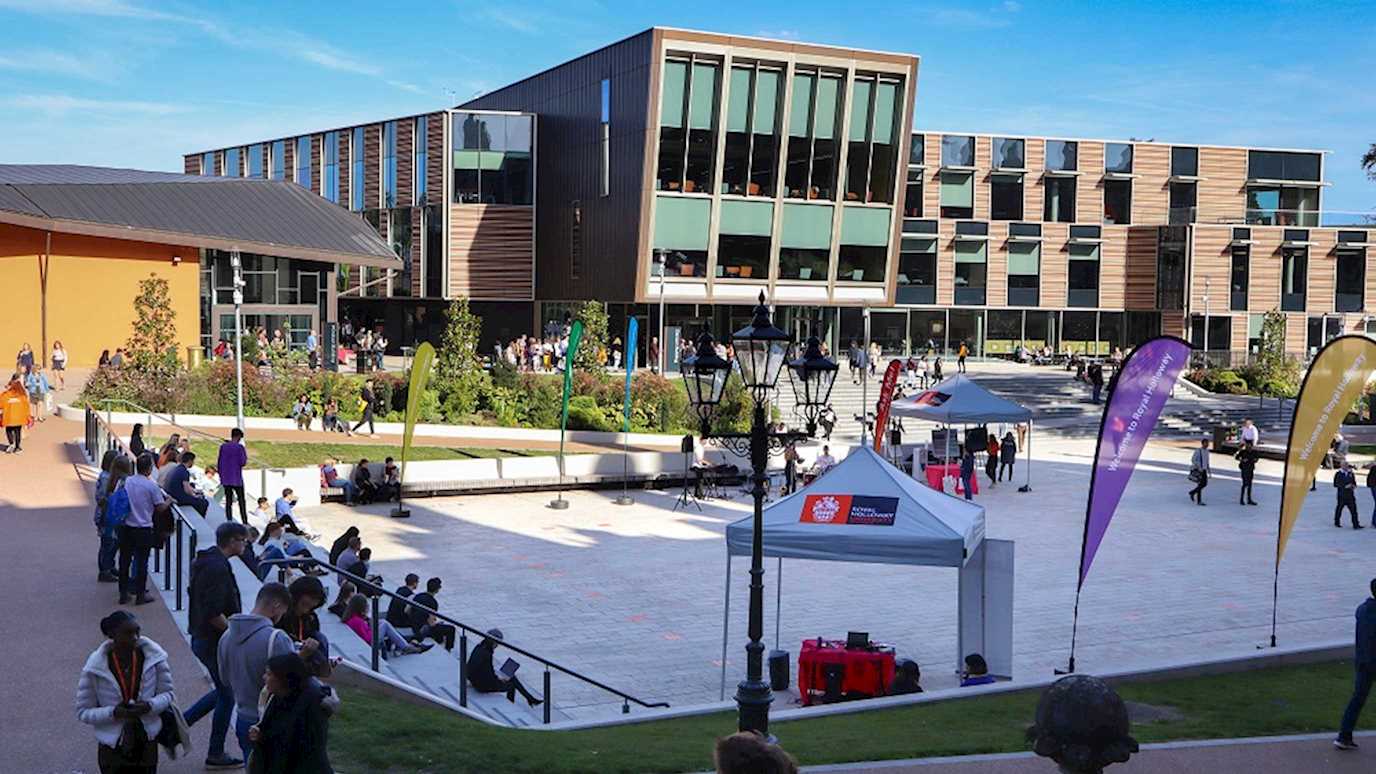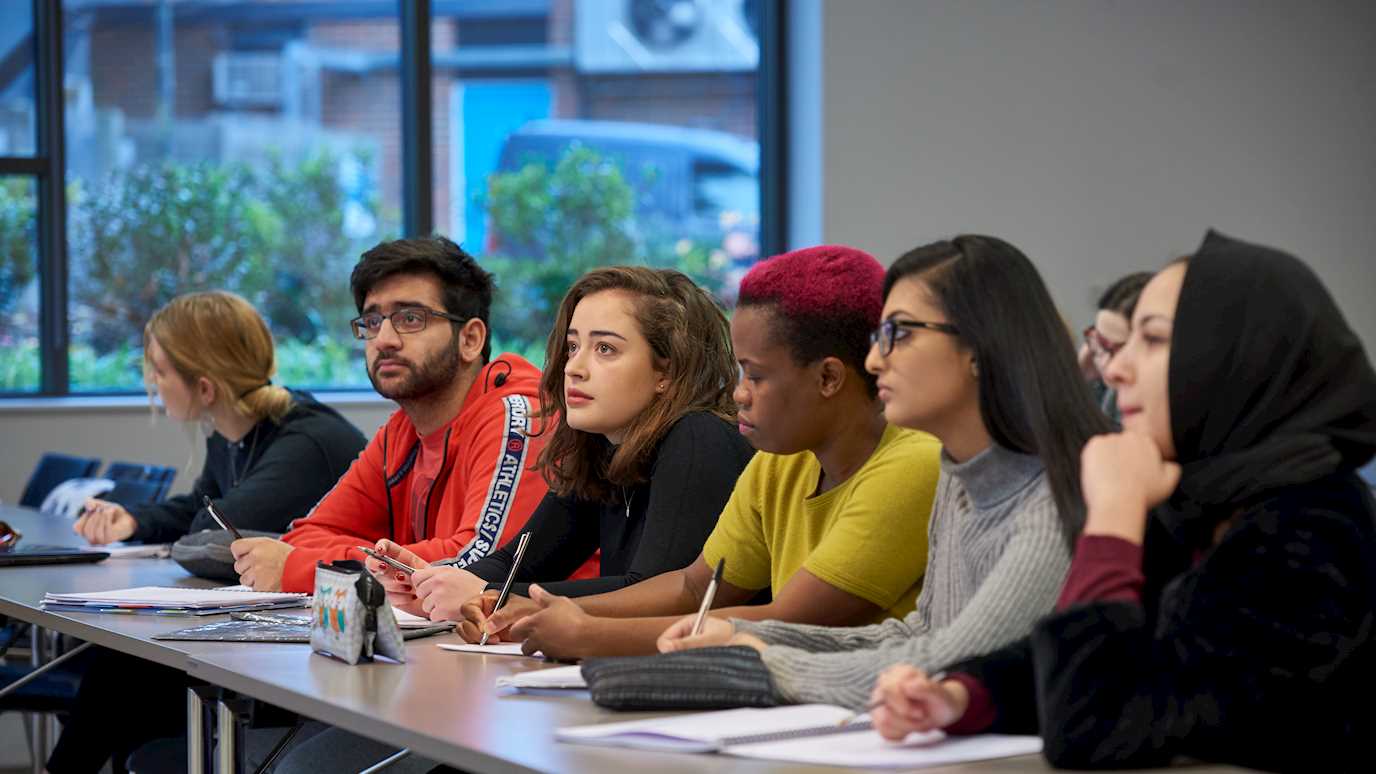Richard Ghail
EnVision Venus and Earth: Using radar to probe planetary activity.
What’s the link between the construction of Britain’s largest sewer and the geology of our closest planetary neighbour? Surprising as it may seem, the same satellite radar technology that now used to identify the hazards posed by geological faults under London for the Thames Tideway Tunnel will soon be probing for geological activity on Venus.
As a planetary and engineering geologist, my research has taken me both out of this world and deep into its heart. Employing a technique called persistent scatterer interferometry, my team have identified faults under London moving at millimetres per year, less than a tenth the rate of the San Andreas in California, and previously undetectable. Before our measurements we didn’t even know the faults were there! Yet they explain many of the hazards encountered by engineers in London, from blowouts of hypoxic air along the Thames, to the loss of an entire tunnelling machine. Our technique is able to sense ground movements in response to engineering, groundwater flow and geological activity.
 |
The great mystery about Venus is reconciling how a planet with such complex and diverse geology can host a thousand impact craters distributed at random across it surface implying, on the face of it, a uniform surface age. I’ve discovered that the solution to this question has a lot to do with the causes of the fault movements my team detected in London. Just as our continents are broken into many small fragments that jostle and nudge against each other, so too the surface of Venus is broken into country-sized blocks that are continuously in motion, rather like pack ice, and that both creates the variety of geological features we see at their boundaries and yet preserves craters in their interiors. Measuring that activity will be a key job for EnVision, using the same radar techniques developed to detect groundwater movement in London. Who’d have thought it?
 |
References
-
Ghail, R 2015, 'Rheological and petrological implications for a stagnant lid regime on Venus', Planetary and Space Science, vol. 113-114, pp. 2-9. https://doi.org/10.1016/j.pss.2015.02.005
- Bischoff, CA, Ghail, R, Mason, PJ, Ferreti, A & Davis, JA 2019, 'Revealing millimetre-scale ground movements in London using SqueeSAR™', Quarterly Journal of Engineering Geology and Hydrogeology, vol. 53, no. 1, pp. 3-11. https://doi.org/10.1144/QJEGH2018-075
- Khawja, S, Ernst, RE, Samson, C, Byrne, PK, Ghail, RC & MacLellan, LM 2020, 'Tesserae on Venus may preserve evidence of fluvial erosion', Nature Communications, vol. 11, no. 1, 5789, pp. 1-8. https://doi.org/10.1038/s41467-020-19336-1




















